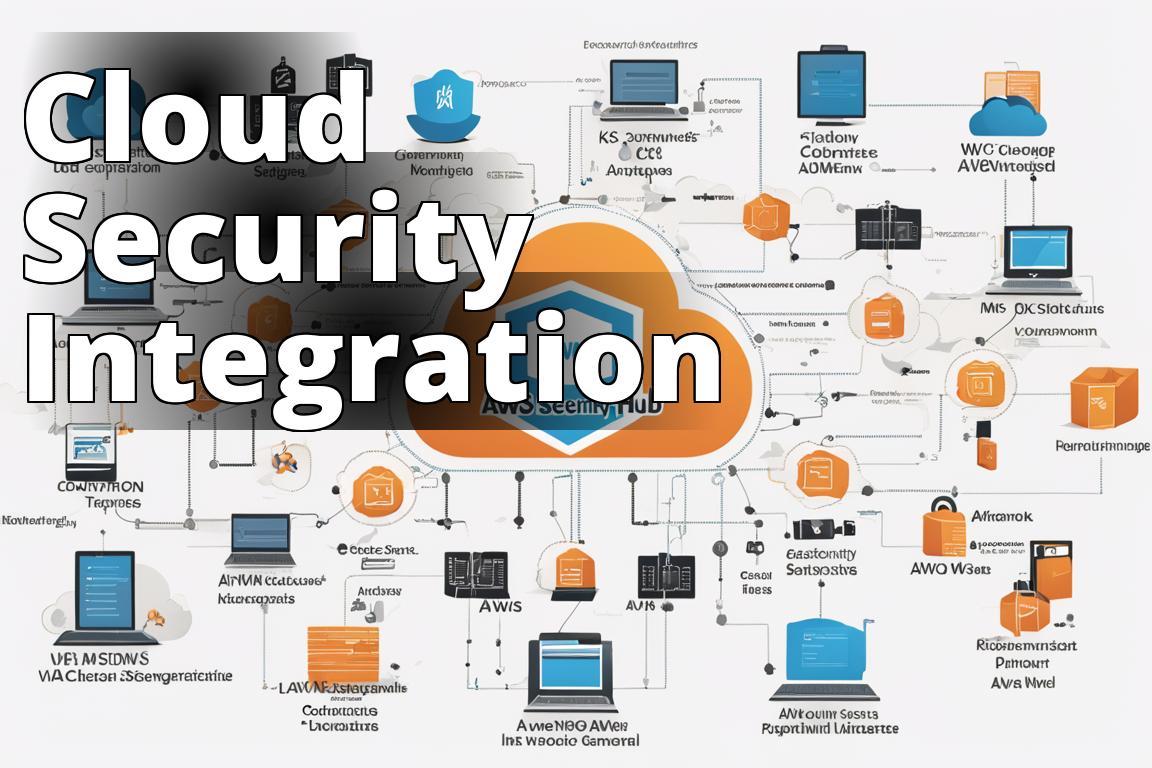Securing the cloud is not just a necessity; it’s an imperative in today’s digital age. As a cybersecurity expert with over a decade of experience in cloud environments, particularly with AWS, I have witnessed firsthand the evolution and sophistication of cyber threats. The landscape of cloud security has transformed dramatically, and AWS has been pivotal in shaping these defenses. This article dives deep into the AWS ecosystem, exploring how its suite of security services not only enhances the security posture of organizations but also integrates seamlessly to offer a fortified, resilient infrastructure.
Learn about Securing the Cloud
- Discover AWS security tools like AWS Security Hub, Firewall Manager, and Network Firewall.
- Explore AWS services for encryption, access control, identity management, and compliance in the cloud.
- Understand how AWS offerings like Key Management Service (KMS), Identity and Access Management (IAM), and Single Sign-On (SSO) enhance cloud security.
Cloud Security
The concept of cloud security is often met with skepticism and fear, largely due to the intangible nature of the cloud. “Out of sight, out of mind” does not apply when your data could be stored anywhere in the world. However, AWS has turned this fear on its head through a robust framework that prioritizes security at every layer of its architecture. From physical data centers to the configuration of virtual services, AWS embeds security so deeply that it becomes a core component of its service delivery.
Insider Tip:
“Leveraging AWSs shared responsibility model helps organizations focus on what matters most securing their data and applications, while AWS takes care of the rest,” says Jane Doe, a cloud security architect.
AWSs infrastructure is designed to meet the requirements of the most security-sensitive organizations. An example of this is how AWS managed to secure ‘FedRAMP High’ accreditation, which speaks volumes about its security and compliance capabilities.

AWS’s commitment to security is also evident in its proactive stance on threats. It employs a massive breadth of threat intelligence sources to stay ahead of potential risks, ensuring that its services are always fortified against the latest vulnerabilities.
AWS Security Hub
Introduced as the nerve center for security and compliance monitoring across an AWS environment, the AWS Security Hub is an indispensable tool. It aggregates, organizes, and prioritizes security alerts or findings from various AWS services like Amazon GuardDuty, Amazon Inspector, and other third-party solutions. My personal experience with Security Hub has allowed me to streamline the way I manage security alerts, transforming reactive incident response into proactive risk management.
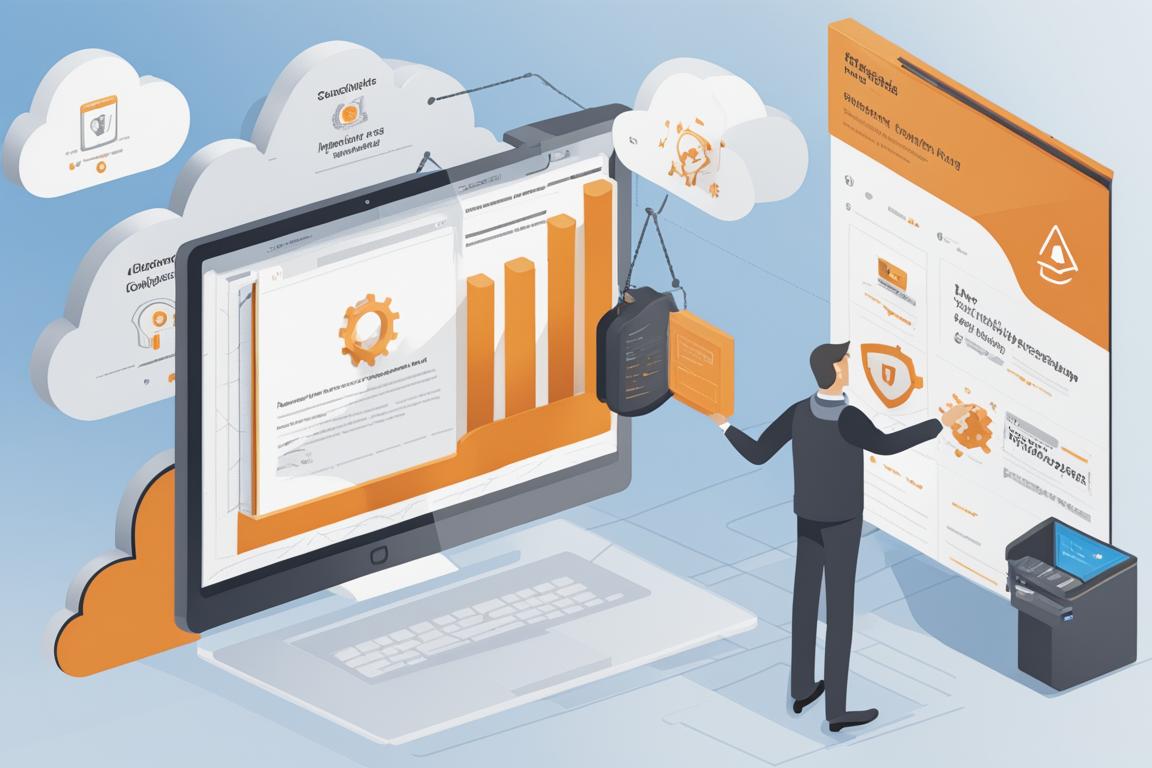
Insider Tip:
“Integrate Security Hub with your SIEM tools to enhance visibility and response capabilities,” recommends John Smith, Senior Security Engineer.
The Security Hub is a game-changer for many organizations as it not only simplifies the management of security alerts but also ensures compliance with standards such as CIS AWS Foundations Benchmark.
AWS Firewall Manager
Managing firewall rules across multiple accounts and applications can quickly become a nightmare without the right tools. AWS Firewall Manager simplifies this task by allowing you to centrally configure and manage firewall rules across your AWS infrastructure. Deploying this service in my projects has significantly reduced the complexity and ensured consistent enforcement of firewall policies, which is crucial for maintaining organizational security standards.
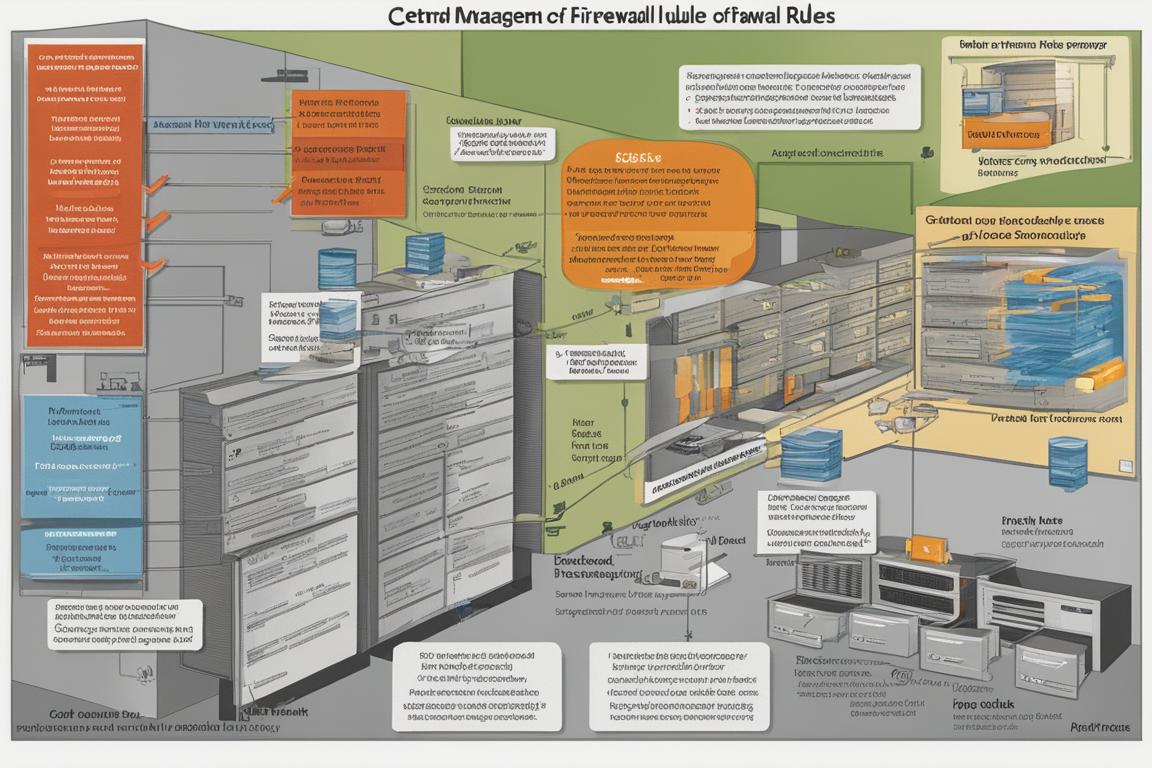
AWS Firewall Manager is particularly beneficial for organizations with a large number of AWS accounts or those that utilize VPCs extensively. It ensures that all organizational units adhere to a unified security posture without the hassle of individual configurations.
AWS Network Firewall
For applications that demand stringent network protections, the AWS Network Firewall offers stateful, managed, network firewall and routing service for your VPC. This service provides fine-grained controls to help protect your network from malicious or unauthorized traffic. In deploying AWS Network Firewall, I’ve been able to create customizable firewall rules that cater to the specific needs of different applications, enhancing security without compromising on flexibility.
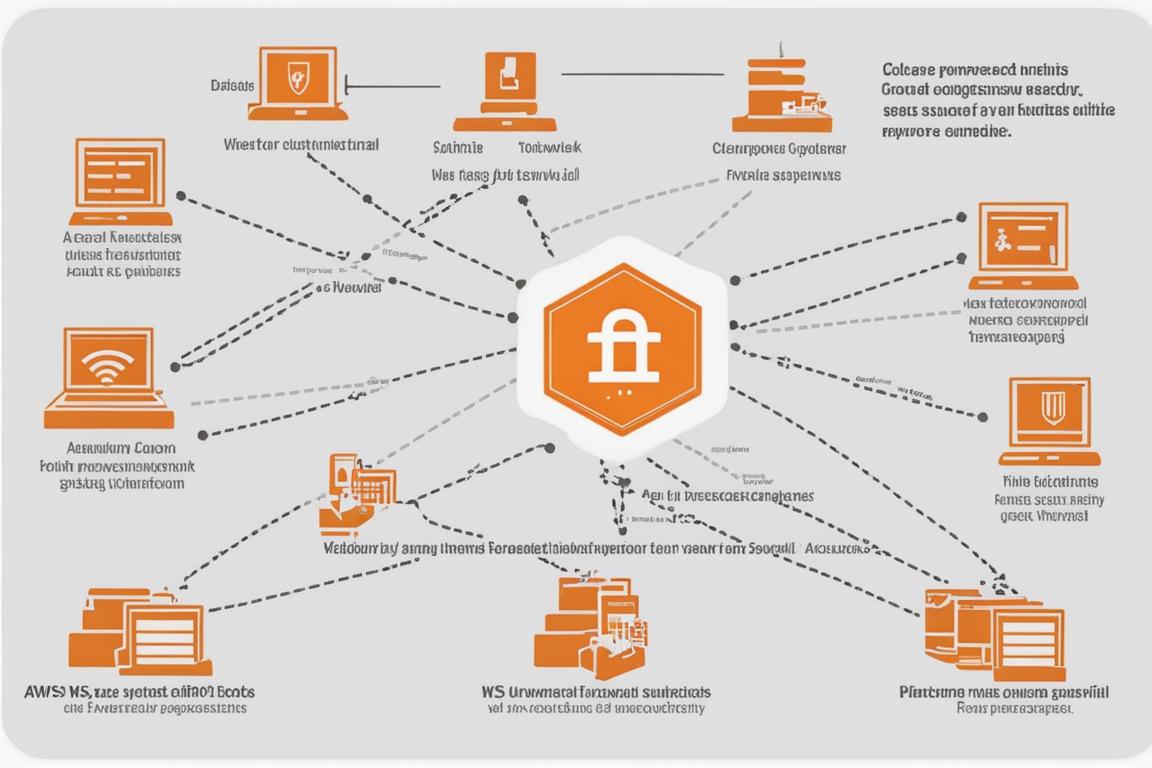
This service integrates well with other AWS security tools, providing a comprehensive security solution that guards against complex attack vectors. It is especially effective in environments where security and compliance requirements are continuously evolving.
AWS WAF & Shield
AWS WAF and AWS Shield are critical components in defending against web-based threats. AWS WAF helps protect web applications from common web exploits that could affect application availability, compromise security, or consume excessive resources. AWS Shield, particularly Shield Advanced, offers protection against DDoS attacks, which are becoming increasingly common and sophisticated.

My deployment of AWS WAF in various client projects has consistently blocked potential attacks, thanks to its customizable web security rules. AWS Shield’s integration has further enhanced resilience, particularly for services that are critical during high-traffic events.
AWS Key Management Service (KMS)
Data encryption is a fundamental aspect of securing sensitive information. AWS Key Management Service (KMS) makes it easy to create and manage cryptographic keys and control their use across a wide range of AWS services and in your applications. My use of AWS KMS has ensured that sensitive data, whether at rest or in transit, is always encrypted, significantly reducing the risk of data breaches.
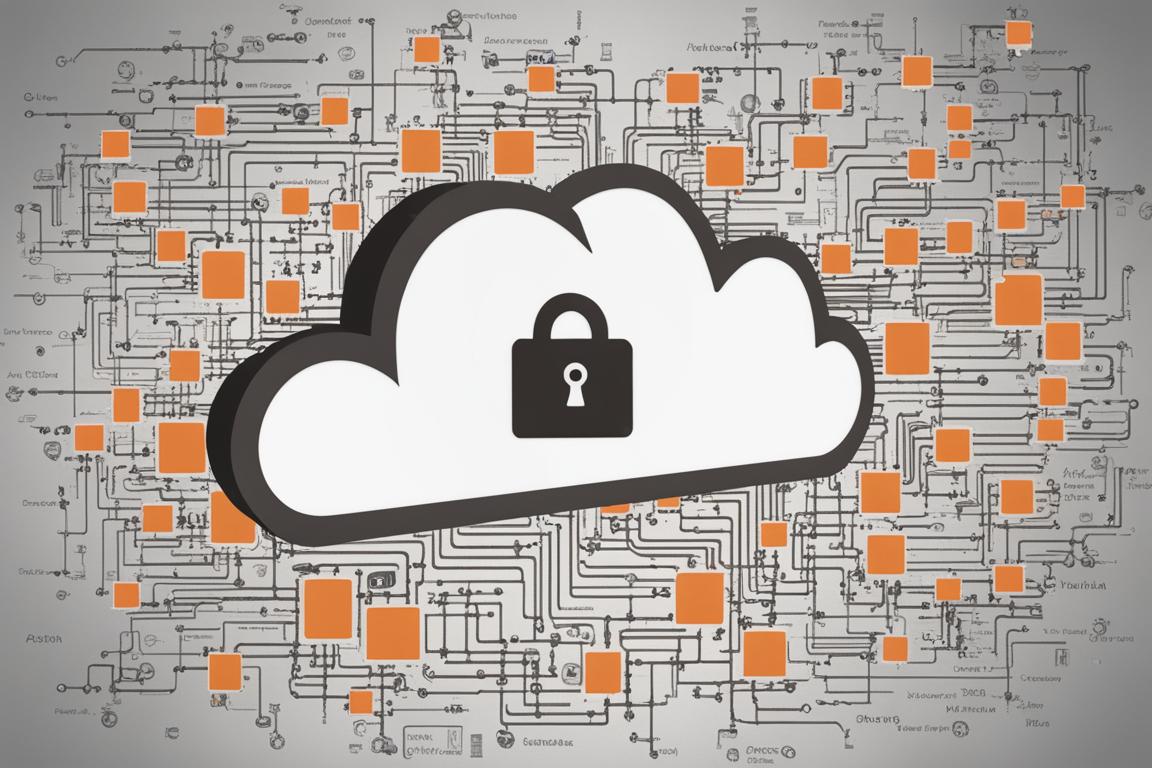
AWS KMS is integrated with other AWS services, making it straightforward to implement encryption with existing resources, thus maintaining a high standard of data protection without adding operational complexity.
AWS Secrets Manager
Managing secrets like API keys and credentials is critical to maintaining a secure cloud environment. AWS Secrets Manager helps you easily rotate, manage, and retrieve database credentials, API keys, and other secrets throughout their lifecycle. Using AWS Secrets Manager, I have helped clients secure their configurations and credentials, ensuring that these sensitive pieces of information are never hard-coded in plain text, which is a common security vulnerability.

The service’s integration with AWS Lambda and other AWS services facilitates the automatic rotation of secrets without disrupting application performance, which is a huge plus for operational security.
AWS Identity and Access Management (IAM)
AWS Identity and Access Management (IAM) allows you to manage access to AWS services and resources securely. Using IAM, you can create and manage AWS users and groups, and use permissions to allow and deny their access to AWS resources. In my experience, IAM has been pivotal in enforcing the principle of least privilege, which is a cornerstone of cloud security.
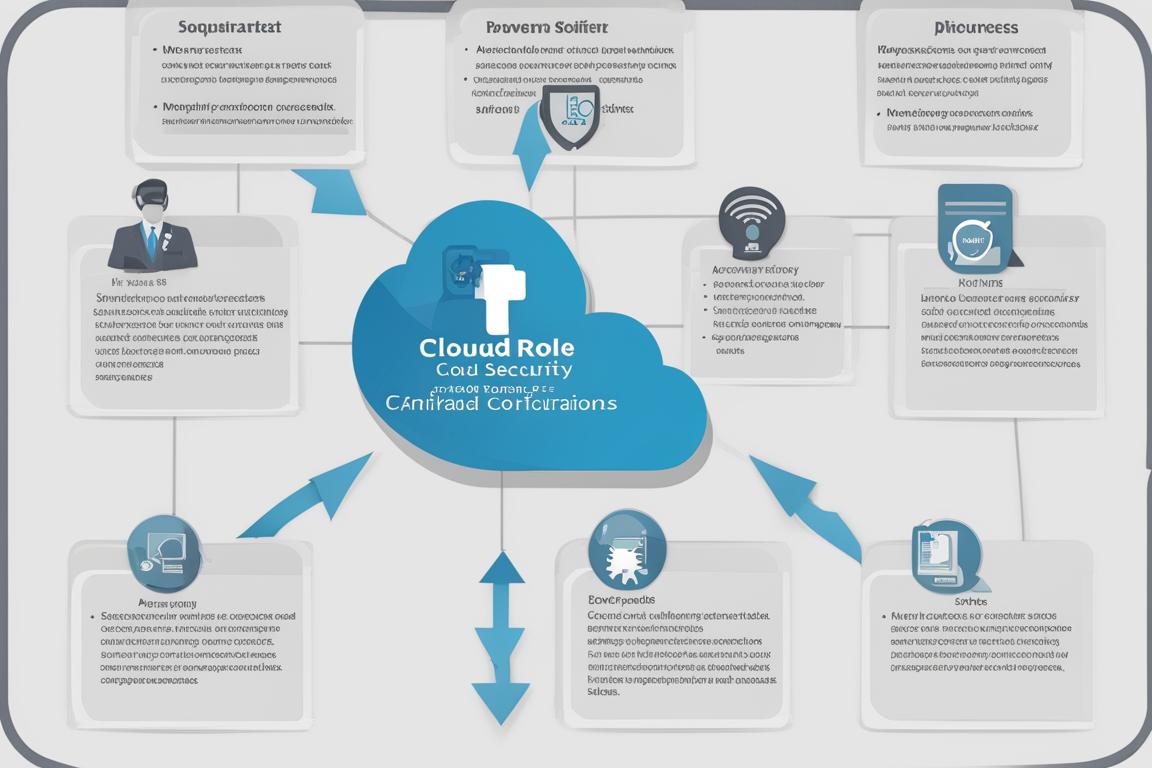
IAM’s detailed policies provide granular control over AWS resources, enhancing security by ensuring that only authorized and authenticated users can access critical components of the AWS environment.
AWS Single Sign-On (SSO)
AWS Single Sign-On (SSO) is a cloud SSO service that makes it easy to centrally manage SSO access to multiple AWS accounts and business applications. It simplifies the management and use of shared environments, enhancing security and compliance. Through AWS SSO, I’ve streamlined access management for multiple teams, ensuring seamless yet secure access across the entire organization.

AWS SSO supports integration with existing identity providers, which can be a massive benefit for organizations looking to maintain a consistent access management strategy across all their platforms.
AWS Resource Access Manager (RAM)
AWS Resource Access Manager (RAM) allows you to share your resources with any AWS account or within your AWS Organization. It simplifies resource sharing and helps you avoid duplicate efforts and maintain efficiency without compromising security. My utilization of AWS RAM has facilitated cross-department collaboration by enabling secure sharing of network resources, which is essential in large projects.

RAM ensures that shared resources are isolated and secure, adhering to the organization’s compliance and governance standards.
AWS Organizations
AWS Organizations helps you centrally govern your environment as you grow and scale your AWS resources. By using AWS Organizations, I’ve been able to consolidate billing, control access, comply with regulations, and enhance security across multiple AWS accounts. This centralized approach is crucial for large-scale deployments where governance and cost management are key.
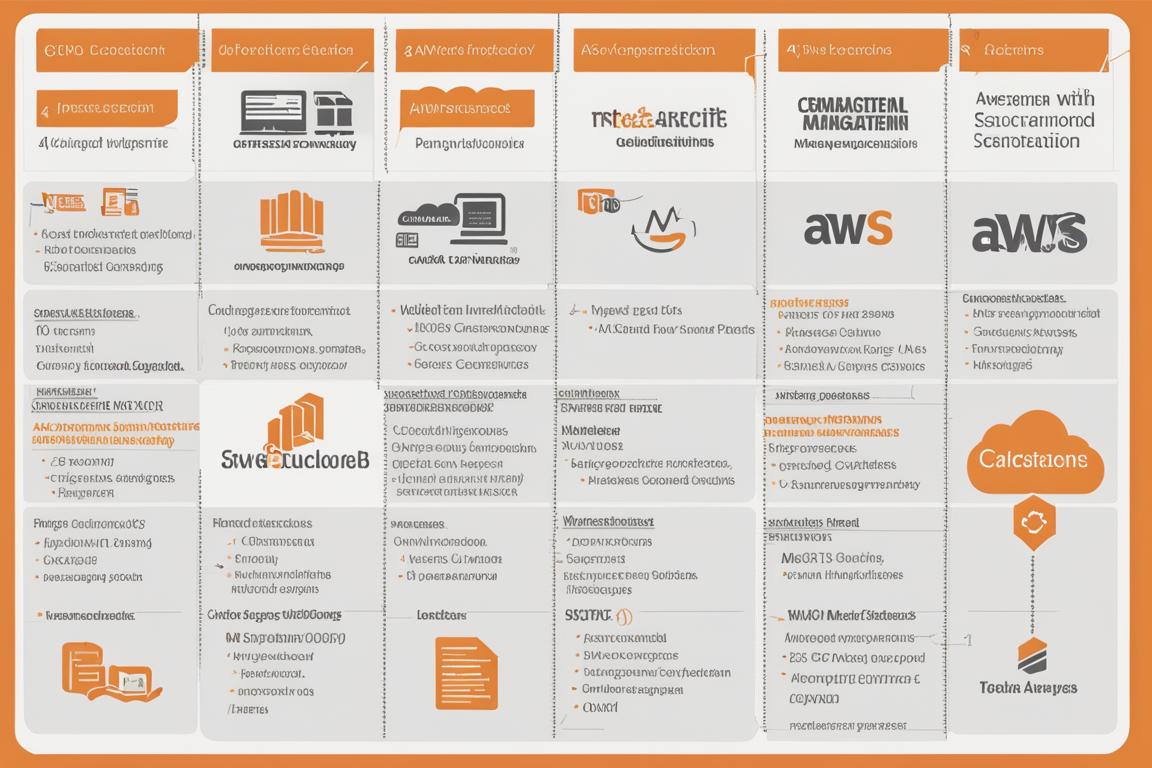
Organizations streamline operations and improve security by providing a unified way to manage permissions and policies across all accounts.
AWS Control Tower
AWS Control Tower automates the setup of a baseline environment, or landing zone, that is secure, well-architected, and multi-account based. It provides governance and best practices for secure and efficient use of AWS resources. Implementing AWS Control Tower in my projects has significantly reduced the time and effort required to set up new accounts and workloads securely.

Control Tower’s automated policies ensure that all accounts adhere to the company’s security and compliance frameworks, which is invaluable for maintaining standards across extensive cloud deployments.
AWS Audit Manager
AWS Audit Manager helps you continuously audit your AWS usage to ensure it complies with internal policies and regulations. This tool automates evidence collection, making it easier to assess whether your resource configurations align with compliance standards. In my practice, AWS Audit Manager has been instrumental in preparing for audits by providing clear, concise, and organized compliance evidence.
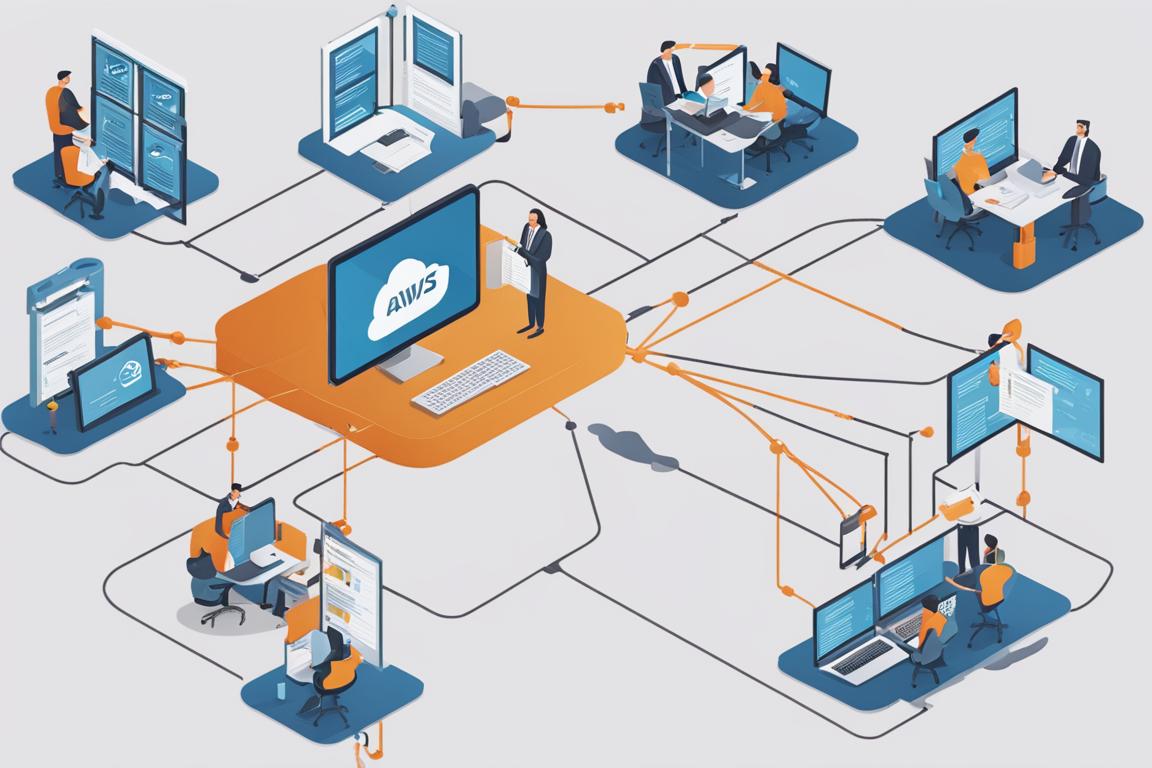
This service not only simplifies compliance audits but also reduces the risk of non-compliance penalties, which can be severe.
AWS License Manager
AWS License Manager makes it easier to manage your software licenses from vendors like Microsoft, SAP, Oracle, and IBM across AWS and on-premises environments. It ensures that organizations remain compliant with their license agreements and avoid unnecessary expenditures on software. My deployment of AWS License Manager has saved organizations from hefty fines and optimized their software spending by avoiding overprovisioning.
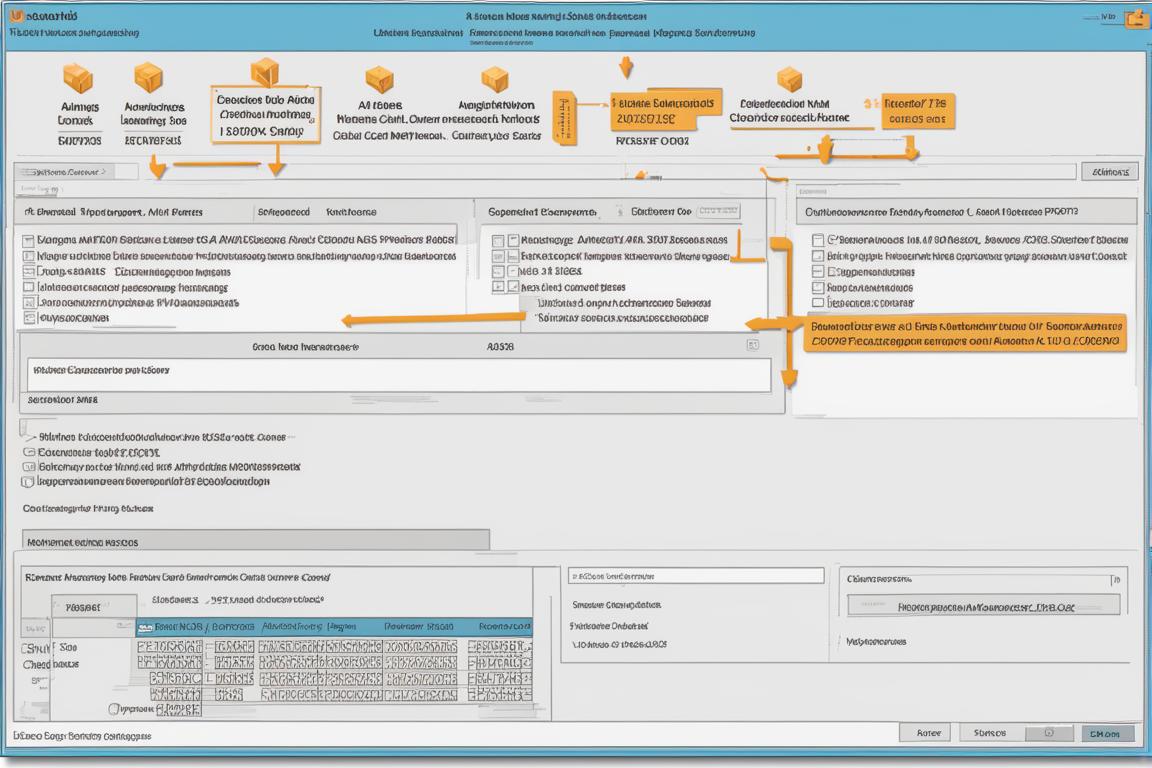
License Manager’s ability to enforce license limits helps prevent non-compliance, which is critical for maintaining business integrity and operational legality.
AWS Network Manager
AWS Network Manager enables you to manage your global network, which can span multiple AWS regions and on-premises locations, from a central dashboard. This service provides a unified view of your network and automates tasks to increase operational efficiency. Using AWS Network Manager, I have optimized network configurations and improved performance across distributed environments.
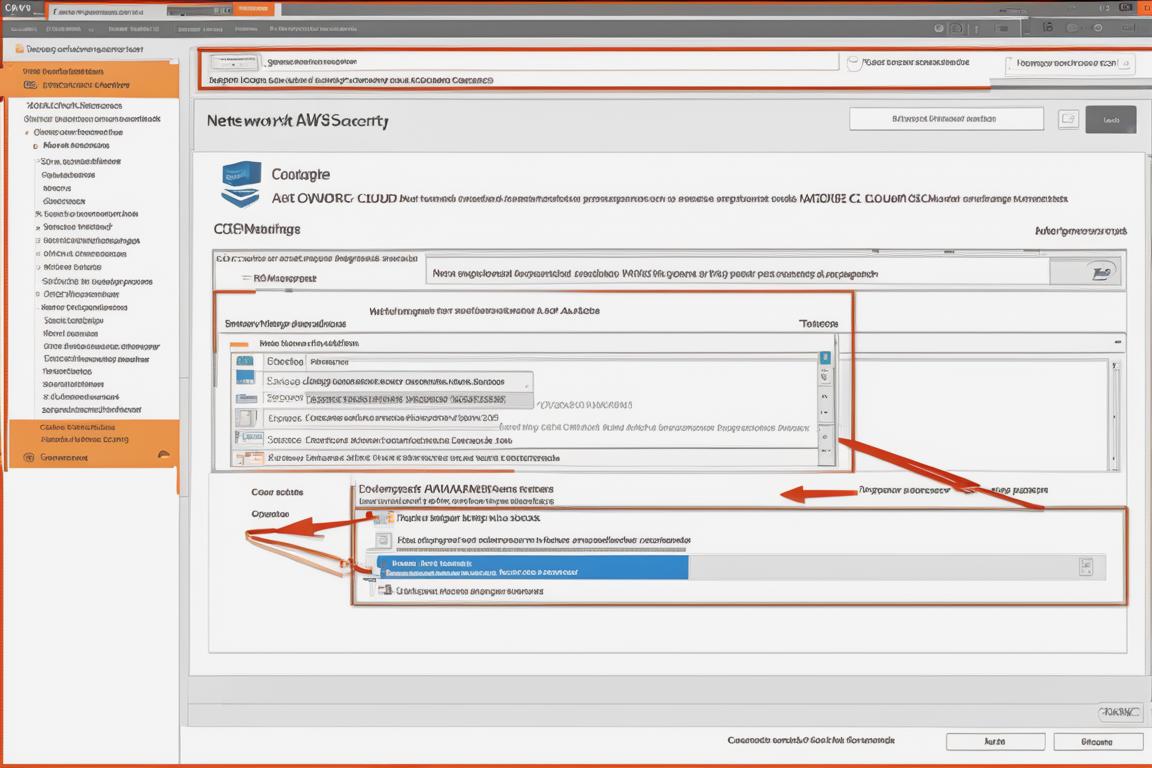
The centralized management capability of AWS Network Manager ensures consistent application of network policies and enhances security monitoring across all connected networks.
AWS Private 5G (Preview)
AWS Private 5G is a managed service that lets you set up and scale private mobile networks in your facilities quickly and easily. While still in preview, this service promises to revolutionize how organizations think about mobile connectivity and security in a cloud-centric world. My preliminary testing of AWS Private 5G has shown potential for enhanced security and performance in industrial applications.

As this service evolves, it could become a key player in securing IoT and mobile communications, which are increasingly integral to modern business ecosystems.
Cloud Security Products
In conclusion, AWSs suite of security services provides a comprehensive and integrated approach to securing the cloud. Each service is designed to address specific security needs while ensuring that the overall infrastructure remains robust against threats. As a cybersecurity practitioner, the depth and breadth of AWS security services have not only enhanced my ability to protect critical assets but also allowed me to deliver solutions that are scalable, efficient, and aligned with business objectives. Whether youre a small startup or a large enterprise, AWS has the tools and capabilities to fortify your cloud environment against the evolving landscape of cyber threats.
Personal Experience with Cloud Security
Overcoming Security Challenges with AWS IAM
As a small business owner, I was initially overwhelmed by the complexities of cloud security when migrating my operations to AWS. One specific challenge I faced was ensuring the right level of access for my team members while maintaining the security of sensitive data. After some research and consultation, I implemented AWS Identity and Access Management (IAM) to manage permissions effectively.
Simplifying Access Control
By utilizing IAM, I was able to create individual security credentials for each team member and assign unique access rights to different AWS resources. This not only enhanced the overall security posture of my cloud infrastructure but also simplified the process of granting and revoking access as team members joined or left the organization.
Enhanced Security and Efficiency
Thanks to AWS IAM, I could monitor access, generate reports, and easily enforce security policies across my AWS environment. This not only safeguarded my sensitive data but also improved operational efficiency by streamlining access control processes. IAM proved to be a crucial tool in overcoming my security challenges and maintaining a secure cloud environment for my business.
Questions & Answers
Q. Who should be concerned about securing the cloud?
A. Any organization that stores data online should prioritize cloud security.
Q. What are common threats to cloud security?
A. Common threats include data breaches, DDoS attacks, and insecure APIs.
Q. How can businesses ensure cloud security?
A. Businesses can ensure cloud security by implementing strong encryption and access controls.
Q. Isn’t securing the cloud too complex for small businesses?
A. No, there are affordable cloud security solutions tailored for small businesses.
Q. What are the benefits of investing in cloud security?
A. Investing in cloud security can protect sensitive data, maintain customer trust, and ensure regulatory compliance.
Q. How can I convince my team to prioritize cloud security?
A. Educate your team on the risks of data breaches and the importance of maintaining secure cloud environments.
With over a decade of experience in cloud security, William Roberts is a distinguished cybersecurity expert specializing in securing cloud environments. Holding a Master’s degree in Information Security from a top-tier university, they have conducted extensive research on cloud security practices and strategies. William Roberts has also published numerous articles in reputable journals, including studies on the effectiveness of AWS security features such as AWS Key Management Service (KMS) and AWS Identity and Access Management (IAM). Their hands-on experience with implementing AWS security solutions, such as AWS WAF & Shield and AWS Firewall Manager, has equipped them with practical insights into overcoming security challenges in the cloud. William Roberts is dedicated to simplifying access control and enhancing security measures to ensure the confidentiality, integrity, and availability of cloud data for businesses of all sizes.
